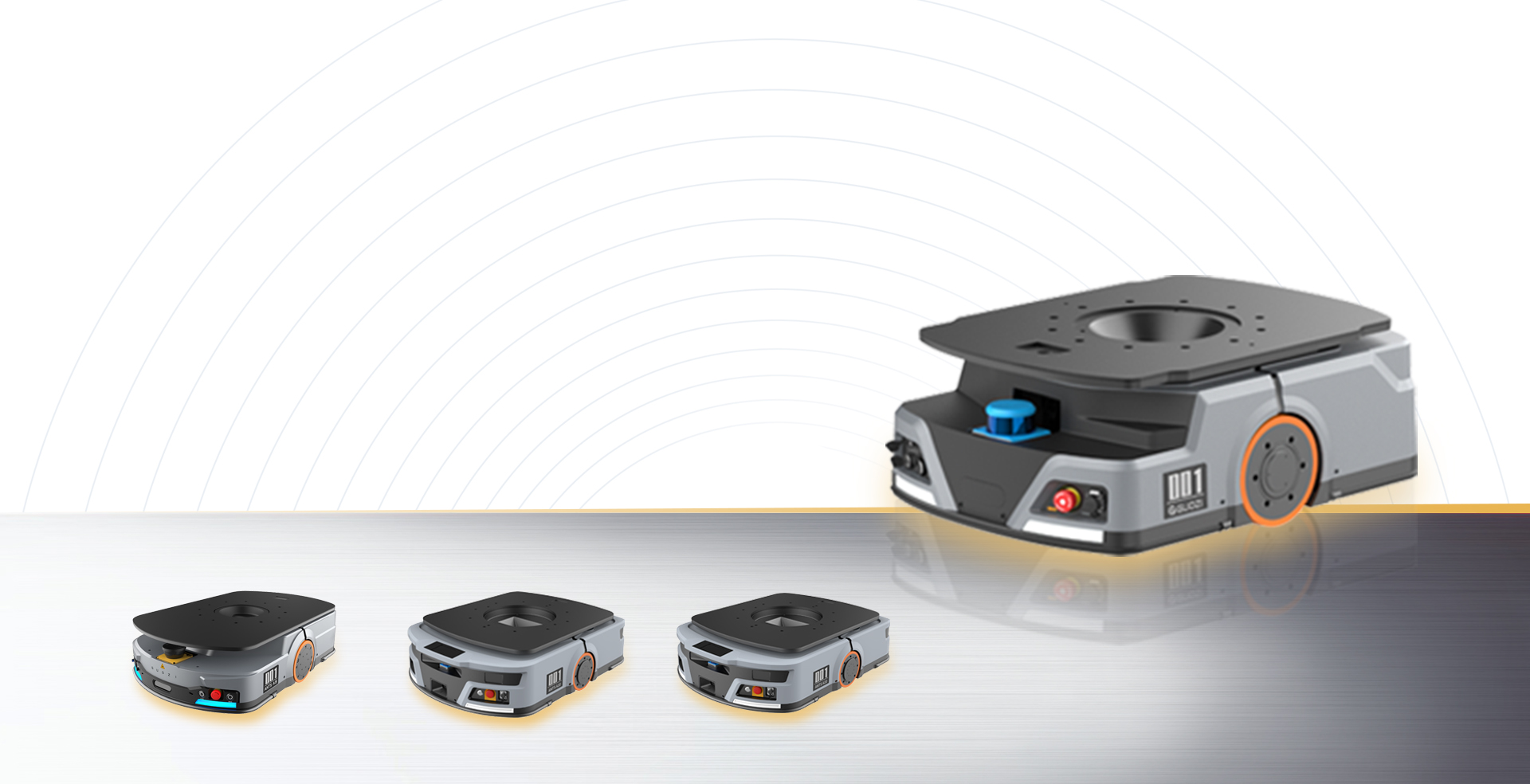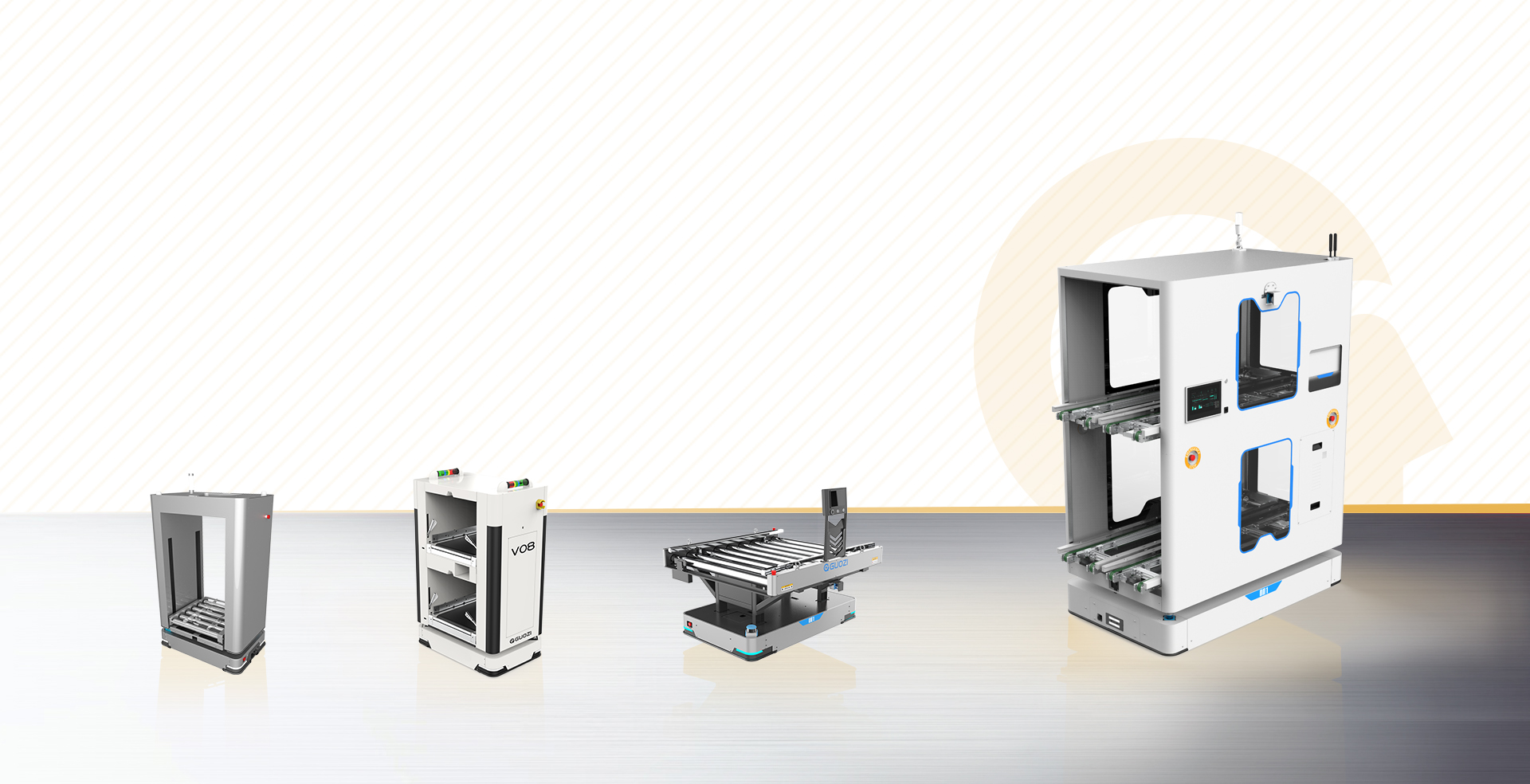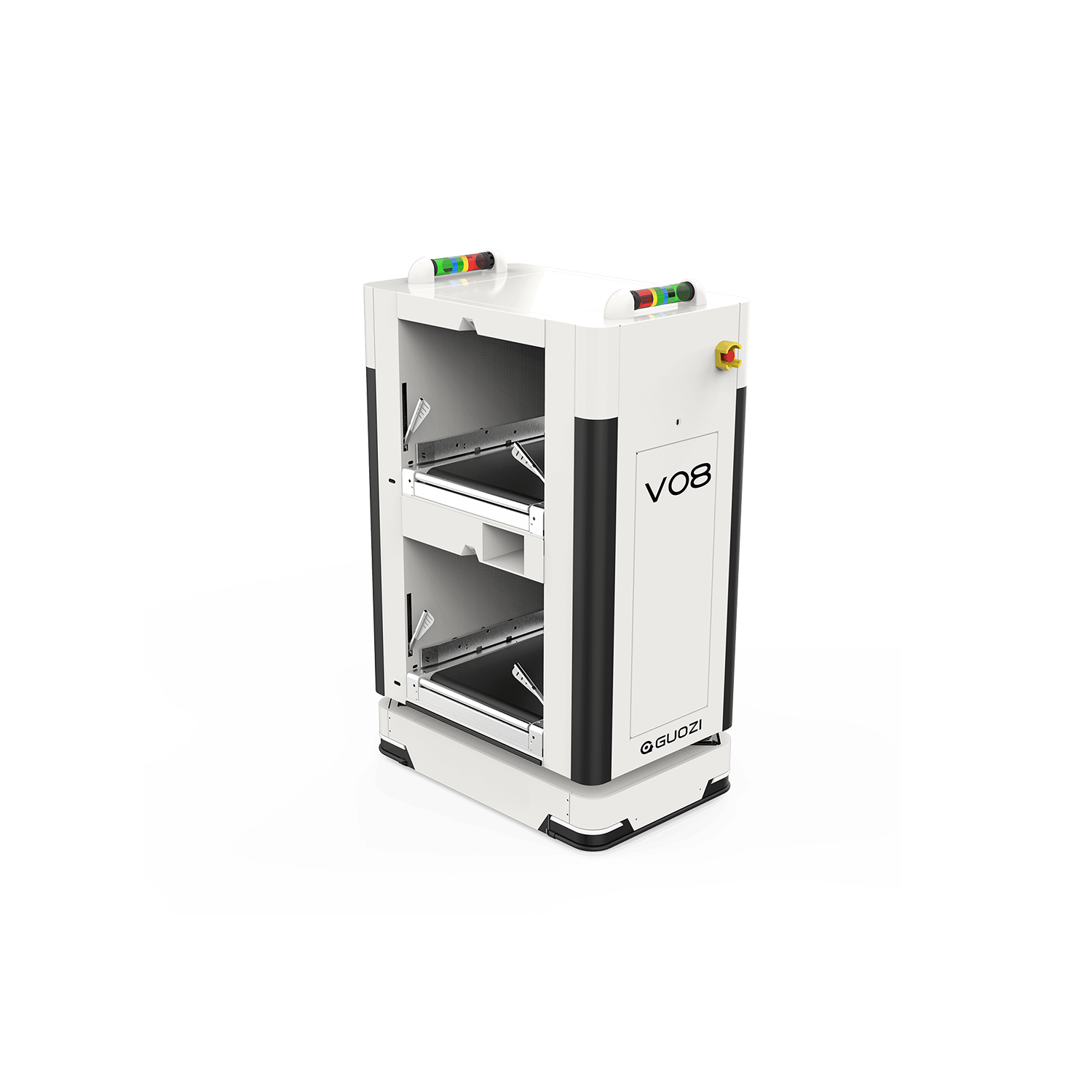With the in-depth promotion of intelligent manufacturing, robots, as an important carrier of industrial automation, have an increasingly wide range of applications. Device docking technology plays a crucial role as a bridge for interconnecting robots and external devices. In this paper, we will discuss the current status of the application of device docking technology in the robotics industry, the challenges it faces, and the future development trend.
Applications of device docking technology in the robotics industry
1. Industrial production line Automation
In industrial production lines, equipment docking technology enables robots to work closely with a variety of machine tools, conveyor belts, testing equipment, etc., to realize the automation of material handling, processing, and testing. Through precise interface docking, robots can quickly complete production tasks and improve production efficiency.
2. Intelligent warehousing and logistics
In the field of warehousing and logistics, the equipment docking technology enables robots to seamlessly connect with shelves, conveyor systems, sorting equipment, etc., to realize automated access to, and handling and sorting of, goods. This not only reduces labor costs, but also dramatically improves logistics efficiency.
3. Medical service robots
In the field of medical services, device docking technology enables robots to dock with medical equipment such as monitors and surgical beds, assisting doctors in completing surgical procedures, nursing care and other operations. The application of this technology improves the precision and safety of medical services.
4. Home service robots
Home service robots can be connected to home appliances, security monitoring devices, etc. through device docking technology to realize home automation management. For example, robots can control lights, air conditioners, monitor home security, etc.
Challenges to device docking technology
1. Compatibility issues
Robots of different brands and models, as well as external devices, often suffer from compatibility issues, which makes it difficult to dock devices. This requires the development of uniform standards and specifications within the industry.
2. Accuracy requirements
When robots are docked to external devices, the accuracy of the interfaces is extremely high. Any small deviation may lead to docking failure and affect productivity.
3. Safety Issues
Safety issues should not be ignored during device docking. Especially in high-risk environments, such as the chemical and nuclear industries, equipment docking must ensure safety and reliability.
4. Maintenance and upgrading
With the development of technology, the equipment docking system needs to be constantly maintained and upgraded. How to realize easy maintenance and upgrading is a major challenge for the industry.
Future Trends in Device Docking Technology
1. Standardization and Modularity
In order to solve the compatibility problem, the device docking technology will be developed towards standardization and modularity. This will simplify the docking process and reduce costs.
2. Intelligent and Adaptive
Future device docking technology will be more intelligent, able to automatically recognize external devices and perform adaptive docking, reducing manual intervention.
3. Networking and Remote Control
With the development of the industrial Internet, the equipment docking technology will be networked to support remote control and monitoring, and to improve the convenience of production management.
4. Safety and reliability
Safety will be the top priority in the development of equipment docking technology. Through technological innovation, the safety and reliability of the docking system will be improved.
The application of device docking technology in the robotics industry has a broad prospect, but at the same time faces many challenges. Only by continuously promoting technological innovation and realizing the standardization, intelligence and networking of equipment docking can we better serve intelligent manufacturing and promote the sustainable development of the robotics industry.








